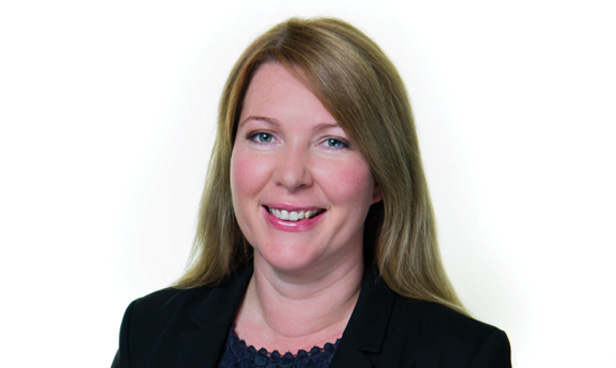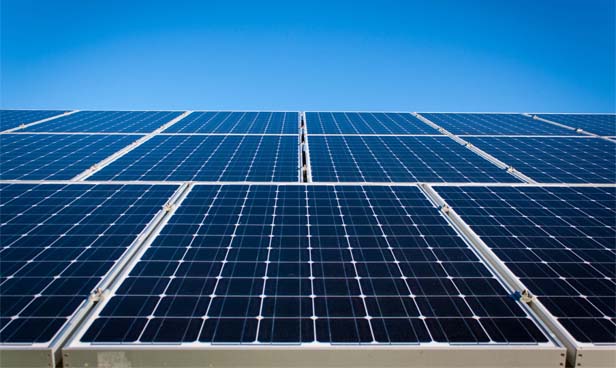
What if… LEGO did energy regulation?
7th May 2021
RESS-2 to define Ireland’s solar ambitions
5th October 2021A network for change

It is true to say that electric vehicles alone won’t solve climate change or allow us to meet our net zero 2050 ambitions but they are a significant part of this puzzle, writes Simon Acton, Chairperson of the Irish EV Owners Association and Managing Director of Next Eco Car.
Currently, 30 per cent of Irish emissions are generated from fossil fueled transport, so we can make significant inroads with widespread adoption of electric vehicles for public, private and commercial use. Not to mention greater use of micro-mobility and active travel modes.
What few people know is that electric vehicles will also form part of our future home energy ecosystem. Imagine charging your car from the energy you created for free from the solar panels on your roof. Imagine using the battery in your car to store energy from the grid when it is cheap and then running your home from this stored energy when grid energy is expensive. Imagine being paid by your energy supplier to draw-down the energy stored in your EV battery to help with local grid balancing. All of this technology will be available in a few short years. Crucially, these are benefits that simply couldn’t be achieved with other mooted energy sources for cars, such as hydrogen.
Broadly speaking, there are three key activities to ensure a successful transition to electric vehicles:
- harness our untapped supply of renewable energy sources, primarily from offshore wind and solar power to ensure that the energy consumed by our EVs will be clean;
- build a ubiquitous, reliable and easily accessible public EV charging network and ensure that as far as possible citizens can also either charge at home or at work; and
- transition our fossil fueled fleet to electric vehicles. This relies heavily on a reliable supply of affordable new and used EVs. Used EVs in particular are crucial to ensure that we achieve the ‘Just Transition’ promised and that no citizen is left behind.
So how are we progressing with our public EV charging network?
Before answering this question, it is important to note that most EV owners will actually charge at home or at work most of the time. Of course, home or workplace charging will not be practical for everyone but for many, public charging will be the exception.
This said, the physiological boost to potential EV owners in seeing a plentiful supply of EV chargers at every conceivable location cannot be underestimated, it generates confidence.
On the downside, local authorities and the major fuel forecourt retailers have been slow to act. Local authorities have broadly failed to avail of the SEAI grants made available to them for installing public charging infrastructure. A major scheme by the four Dublin councils has been years in the works and urgently needs to move from strategy to implementation. As for the major fuel retailers, some have implemented a small number of their own charge points or allowed other network operators to do so on their sites, but they have a very long way to go. They seem to be waiting on sufficient growth in EV numbers before committing to building any meaningful amount of infrastructure, but this is a classic chicken and egg situation. The message is simple, build it and they will come.
The jury is out on how many chargers we will ultimately need but it is important that we right-size the network to ensure that the investment can be effectively supported, maintained and upgraded as standards evolve. It is also crucial that a single straightforward access mechanism is implemented across all charge point operators. This should ideally be by credit or debit card rather than network specific apps or RFID cards which are an unnecessary complication.
So, will we succeed in meeting our objectives? 2050 is a long way out and net-zero relies on a broad range of actions across multiple sectors, but as far as transport is concerned, we can meet our objectives with the correct combination of ambition, funding and education. As for public charging infrastructure, for 2030 it is not a major concern, but the quicker we can expand the charging network the faster Irish EV adoption will progress.
